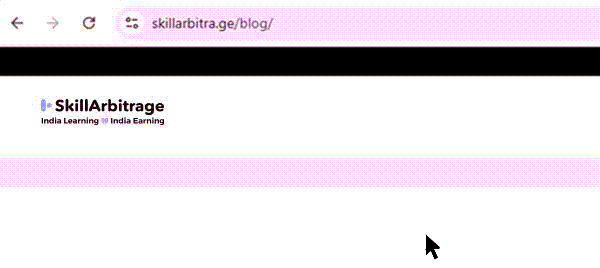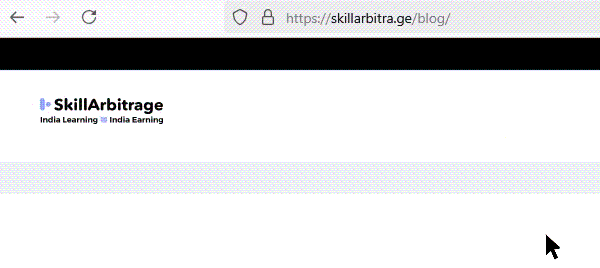This blog has been written to help business owners learn how to create an offer for their product/service that customers cannot refuse. You will learn what a no-brainer offer is, how to structure one, and how to test its effectiveness.
Table of Contents
Introduction
When a business presents an offer to customers for its product or service, it’s usually not something entirely new that customers have never seen before. In most cases, other businesses are already offering similar products or services.
That is why the business that crafts an irresistible offer, one that competitors cannot match and customers cannot resist, is the business that comes out on top in the game of sales.
You don’t need to be the cheapest or the biggest to win, but you must have an irresistible offer to win. We don’t realise it, but almost every big business has an irresistible offer.
Think about it yourself. Have you ever seen an advertisement so good that you couldn’t stop thinking about it for days? If yes, then what was common in all of them?
They all had an irresistible offer.
It was not a coincidence. All those advertisements were created in a specific manner so that they became irresistible. I know you are now wondering if you can do it in your business or not.
Let me tell you – YES, YOU CAN. In this blog, I am going to share with you the exact steps that worked for me and I’ve seen working for others, using which you can also create an offer that customers cannot refuse.
What exactly is an irresistible offer?
Before you learn how to create an irresistible offer, you first need to understand what even an irresistible offer is. Yes, it is an offer that is very attractive and gets high conversions, but the big question you should think of is: What makes it so attractive?
Once you know what constitutes a good offer, you can implement the same constituents in your offer and turn it into a conversion machine. So, let me not waste your time and directly tell you what makes an offer irresistible:
Irresistible Offer = High Perceived Value + Low Perceived Risk + Urgency + Relevance
The above is the winning formula for an offer. You can turn any offer into an irresistible one by adding the above constituents. But what does each constituent mean? Let’s start with one constituent at a time:
- High perceived value: This means your offer should make the customer feel that the value they will be getting is far more than the price they are paying.
- Low perceived risk: The offer must make customers feel safe that there’s nothing to lose because most customers hesitate while buying due to the fear of losing money or making a wrong decision.
- Urgency: No matter how valuable and risk-free, people would still procrastinate. So your offer must also make them feel that they must purchase now, or they may lose the opportunity.
- Relevance: You need to make your offer relevant to the customer by making them feel it will solve their current pain point or help them achieve an important goal. This way, they will be more inclined to succumb to your offer.
If these constituents are present in an offer, it immediately makes the customer feel:
- “I am getting so much value for this price.”
- “Even if I have doubts, I’m protected.”
- “I need to grab this before it’s gone.”
- “This solves my problem perfectly.”
When a customer feels these emotions at once, they run out of excuses in their head to say no. And what happens when they run out of excuses to say “No”? They feel stupid saying “No”. Hence, THEY BUY.
Real-world examples
But why should you believe that it works? Because all the big brands that you know the name of regularly come up with offers that follow everything I have mentioned above.
They also use each of the four constituents to create an irresistible offer. Let me show you some examples for better understanding:
Burger King’s “Whopper Detour”
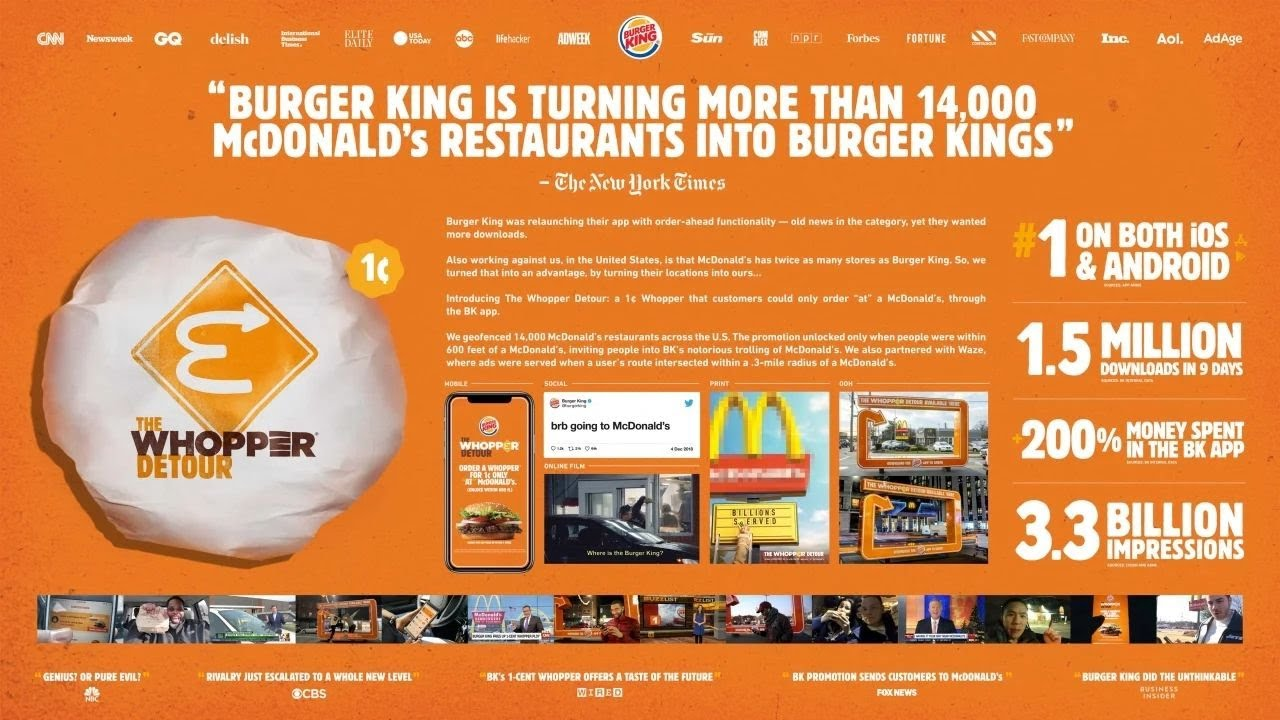
Burger King, a fast food giant with yearly sales of over $1 billion, started a campaign named “Whopper Detour” in which they followed our four constituent rules of creating an irresistible offer.
They advertised that customers could get a Signature Whopper Burger for only 1 cent. But to claim that deal, customers will have to go to their nearest McDonald’s and use the Burger King application. There was also a time window of December 4-12 before this offer expired.
Now, imagine yourself in the customer’s situation and ask yourself if you would miss this offer or claim it. Most of you will answer “YES,” and that is why this campaign has spread like a tornado.
But this offer could have gone unnoticed too if the offer had not had our four constituents as explained below:
- High perceived value – A whopper burger for just 1 cent
- Low perceived risk – It’s only 1 cent
- Urgency – A limited time window from December 4 to 12.
- Relevance – Target was Burger King’s core audience and McDonald’s customers
And this is how they created an irresistible offer, because of which they got over 1.5 million downloads on their app in just 9 days.

Still not sure if every big brand uses it. No problem. Here’s another example of a big brand that you might also be a customer of.
Amazon’s “Prime Day”
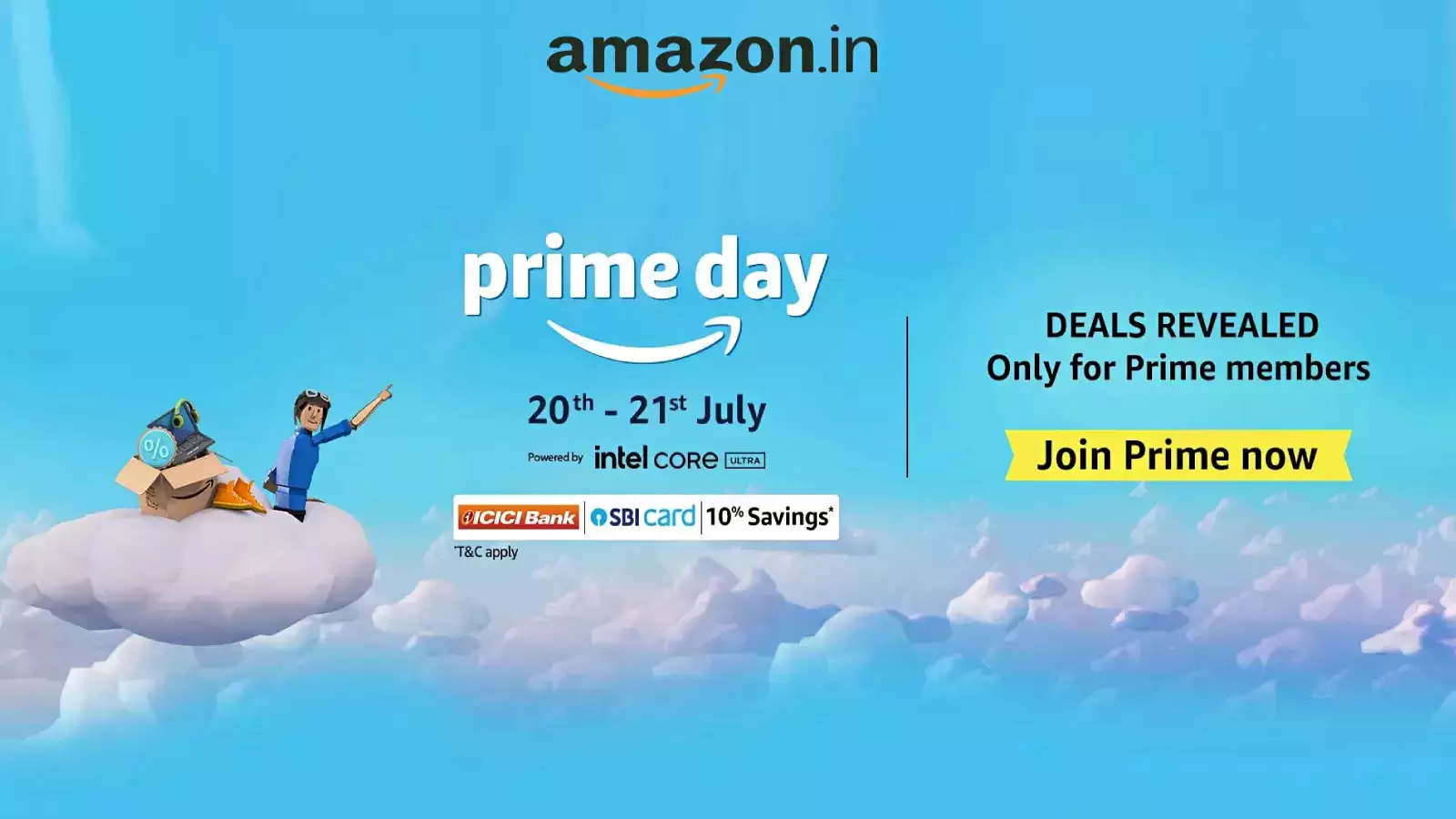
Amazon, which is a global e-commerce company, runs a campaign called “Prime Day” that also follows all four constituents of an irresistible offer.
They advertise that Prime Members will get the lowest prices on popular products, but only for 48 hours. They also build trust using Prime benefits like fast delivery and easy returns.
This offer works because it ticks all the boxes:
- High perceived value – Lowest prices on popular products for Prime Members
- Low perceived risk – Fast shipping and easy returns
- Urgency – A limited-time 48-hour window
- Relevance – Tailored to what Prime Members want
That’s exactly how Amazon created an irresistible offer that turned Prime Day into a global shopping festival. This proves that this formula for creating an irresistible offer actually works. So it’s time you learn how you can use it for your own offers.
A step-by-step method to create an irresistible offer
Now you have the formula, using which you can understand if an offer is too powerful to refuse or not. But you still don’t know how to add those constituents to your own offer.
Until you can do it for your own offer, you would not be able to take advantage of the knowledge that you just got.
Step 1: Find out what your customers actually want
The first step you need to take will obviously be to understand your target audience deeply at all levels. That’s because until you understand your audience well enough, you cannot create an offer that’s good enough for them.
Without understanding that first, an offer will not work. So let me tell you what you need to do in order to understand your customers:
- Read the reviews of your product/service as well as the reviews your competitors get. This will help you know what customers love, what they complain about, and what they wish was better.
- Also, go through the social media messages, comments, and mentions that your brand gets. It will help you understand what people keep asking continuously and what confuses them the most.
- An even better way is to talk directly to your existing customers and ask them why they bought, what almost stopped them, and what objections they had in mind just before buying.
- If you cannot do any of the above, simply review the sales calls and chats. Check the conversations that your team has with leads and find out what doubts or objections come up again and again.
Write down everything and make a list of it because those are what you need to make clear in your offers so that customers don’t have any confusion or doubts in their heads.
The goal you should have in this step is to collect information related to what their pain points are, understand their desires, and study their objections.
For example: Suppose there is a company that sells home fitness equipment. So what they would find after following this process are:
- Customers worry if it fits in a small flat (pain point)
- They worry if workout videos are included or not (desires)
- They ask if it’s difficult to assemble (objections)
This data is what will help the company shape its irresistible offer later. Using these methods is the best way to understand your target customers because no other medium can help find it better than what will come directly from the customers themselves.
Step 2: Define the core value in one sentence
Now, using the information that you got in Step 1 about your target customers, you have to decide exactly what your offer will deliver. Make sure you don’t decide it on the basis of features of the product/service, but with respect to the result that your customer wants.
Didn’t understand? See, the biggest mistake that most businesses make is that they think their product itself is the offer. But that’s not true. In reality, the offer is the result that the customer will get after purchasing the product/service.
Ready to know how to define the core value of your product/service in just one simple sentence? Let’s start.
- Identify the final result that customers will get
You need to identify what the customer will get after purchasing your product/service. I am talking about the final result and not just the features or specifications.
That’s because customers don’t care what your product is; instead, they care about the result that they will get in their life.

Simply ask yourself what real result your customer will experience after using your product/service. That is what will make your offer look like a solution instead of just another product.
For example: For a business that sells home workout equipment, customers will lose weight and build muscle after purchasing the products without stepping foot outside in a gym and even if they don’t have much space in their home.
- Identify the emotional reason for chasing the result
Now, you need to find out why the customer wants the result that your product or service delivers. What are their emotions behind getting that result? That’s because every result triggers an emotion, and emotions drive buying decisions.

For example: If the home workout equipment will give the result as weight loss, then think of why people want to lose weight. The answer is the emotional reason that we need – To get confidence and look attractive.
- Make it in one simple sentence
Now that you know what result people want and the emotional reason behind them wanting it, it’s time to explain the value of your offer in one simple line. We need to avoid long paragraphs and keep our message sharp.
To do that, here’s a blueprint that I mostly use: This offer helps [ideal customer] achieve [desired result] without [biggest objection or fear].
This simple blueprint works the best because it makes your core values short, simple, and sharp at the same time. Hence, it will make even a complete stranger understand in 5 seconds.
Here’s an example of a core value for a company that sells home fitness equipment –
This equipment helps busy professionals stay fit at home without needing a gym membership or a large workout space.
The core value that you will create is going to act as the foundation of your entire offer. If the foundation is wrong, the whole offer will go wrong. So it’s a crucial step to complete.
Step 3: Solve the objections upfront
No matter how good your product specifications are, or how value-for-money your product is, there’s always a small voice inside the head of people saying, “But what if…”
Some people ask it up front, and some just don’t ever ask. You can clear the objections for those who ask, but what about those who never ask? Those customers will be lost forever.
That’s why you need to clear all the doubts and objections upfront so that the customer doesn’t even get a chance to think about it.

Let me explain to you how to overcome the four most common objections:
- Price – “Is this worth the price?”
Customers like purchasing when they feel they are getting value for their money. No customer likes overpaying for something that’s not worth it. So, you need to show your customers why your offer gives more value than its price.

- Compare your price with the benefits they’ll get.
- Show how much they would spend if they chose other options.
- Add bonuses to make the deal feel like a steal.
- Trust – “Should I trust this brand/person?”
If customers don’t trust your brand or your sales team, they will not be much interested in buying. They like to blindly rely on the fact that everything mentioned by the brand is true before buying.

- Show testimonials from happy customers.
- Share social proof (reviews, case studies, video feedback).
- Highlight your experience, achievements, or recognitions in your field.
- Time – “Will it take a lot of time?”
Everyone is busy and doesn’t like doing something that takes a lot of time. People often like to have everything done quickly. You need to show them that it is easy to use and will also fit into a busy lifestyle.
- Highlight the quick setup and simple process.
- Emphasize how much time your product actually saves instead of consumes.
- Results – “Will this actually work for me?”
Finally, if they feel the product/service will not work for someone like them and will not provide them with the results that they want, there’s no reason for them to buy.
You need to show them proof and make them believe that the product/service delivers the results they are looking for, and does it for people exactly like them.
- Show before/after results.
- Share success stories from customers with similar situations.
- Offer a strong guarantee so they feel safe to try it.
Now, let me show you an example of removing objections for a company that sells home workout equipment:
- Price objection: “For less than a month’s gym fee, you get lifetime access to a complete home gym setup.”
- Trust objection: “Used by 50,000+ fitness lovers and rated 4.8 stars on Google.”
- Time objection: “Quick 10-minute setup – ready to use right out of the box.”
- Results objection: “See visible changes in 30 days or get your money back.”
When you handle each objection this way, and that too before it even clicks in their mind, you make the customer feel there’s no reason not to purchase. If you skip this step, you will be leaving a lot of money on the table.
Step 4: Add bonus value
Imagine if you sold your product/service for ₹1 without any compromise on quality. Don’t you think it will sell like wildfire? Why do you think that would happen? Most of you would say, “Because the price is so low.”
You are wrong because many things sell for ₹1, but they don’t get sell out. If you understand what I mean, you will realise it’s not about the price, but it’s about the value that customers are getting for the low price.
A car for ₹1 will get sold out, but a candy for ₹1 will stay on shelves till eternity. You have to make people feel they are getting value like a car, for the price of a candy. Do you understand?
When people see that they are getting way more value than what they’re paying for, they will buy faster without overthinking whether they should even buy or not. A simple trick that most big brands use is that they add a bonus on top of the main offer.
Look at Kurkure, for example. Their packs mention 50% extra of the same thing. They could have simply given a higher amount of food, but they made sure to mention it. That’s because they wanted to show people they are getting something “50% extra” as a bonus.
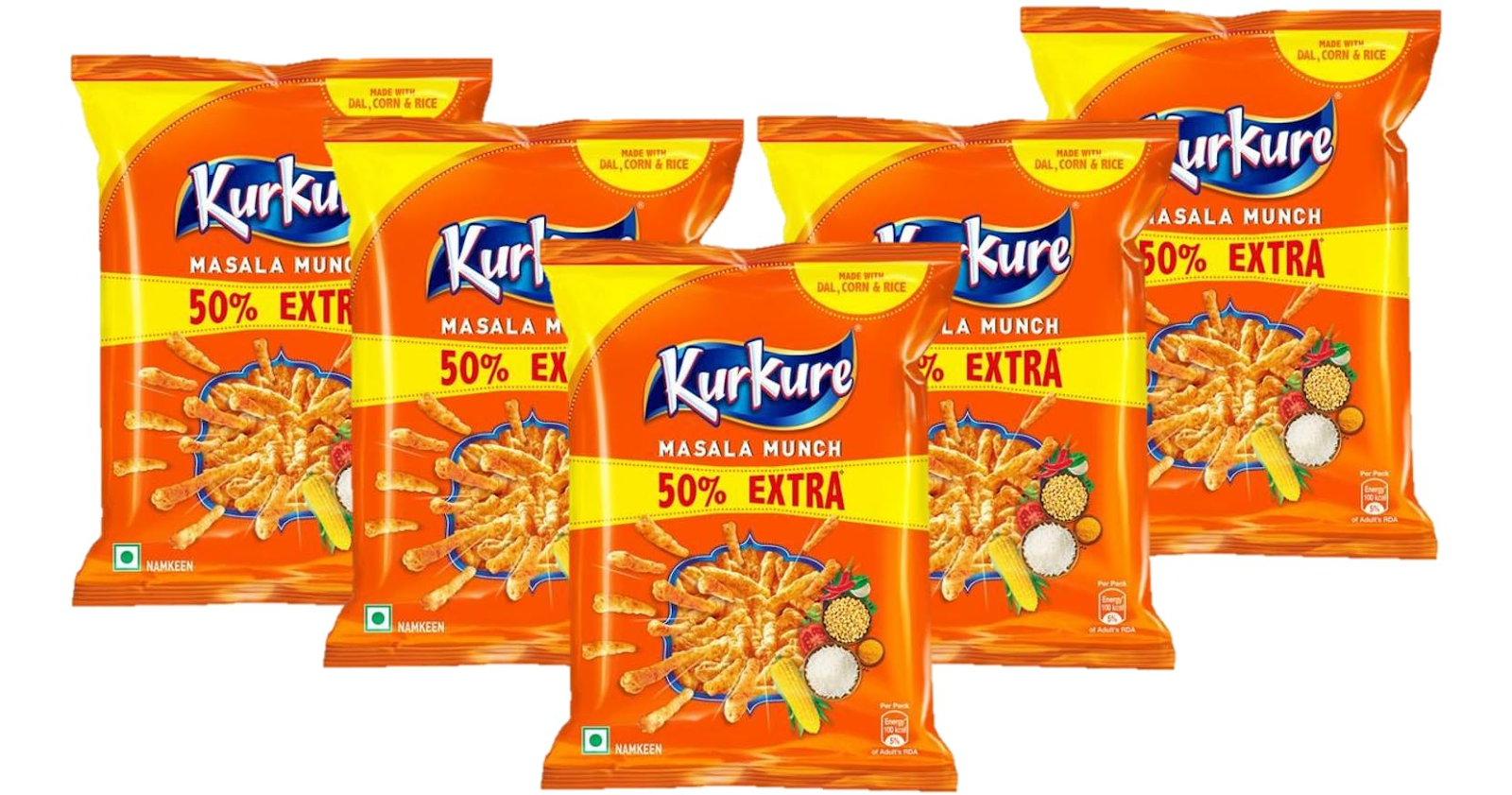
You need to walk in their steps and repeat the same concept for your products/services. You need to increase the perceived value of your product by adding helpful extras that make your offer feel like a complete package.
- Choose the bonus
Pick something as a bonus that you think will help your customers use the product better, faster, or easier. If you cannot think of anything, simply add more of the same product/service. Some of the best bonuses are:
- Tools, guides, templates, or extra services that help customers get results faster.
- Resources that remove any confusion or learning curve they might face.
- Something they would normally have to pay extra for, but you’re giving it free.
Also, it’s not necessary that you can only give one bonus for one product/service. You can combine various bonuses if you think it will be better.
- Show the value of the bonus
If you give the bonuses directly without mentioning that they are valuable, people would just think it is a cheap, free item. That’s why you need to mention the price of each bonus if the customer had to buy it separately.
This works because when customers see the total value of the bonuses in actual numbers, their brain automatically compares that value with the price of your offer. For example:
- Bonus 1: 30-Day Workout Plan (Value ₹999)
- Bonus 2: Assembly Assistance Call (Value ₹799)
- Bonus 3: Lifetime Access to a Private Fitness Community (Value ₹1,499)
When people see they are getting bonuses worth ₹3,297 on a product that they will purchase for ₹2,000, they instantly feel it to be a steal deal that’s super value for money.
Don’t make the mistake of decreasing prices to increase the perceived value of your product. That is the job of a sinking business.
Instead, focus on stacking smart bonuses that make the product more valuable and show it as a complete solution.
Step 5: Show value vs price
In my personal experience, whenever I have seen a woman shop for groceries, she will always ask for a discount, bargain, or a better deal. That happens everywhere that you can see. No matter how low the price is, people will always ask for a discount or a bargain.
We understand the psychological aspect of humans, so we will use it to our advantage. Instead of directly showing the price of our product/service, we will show it strategically. We will first show the price of the full value they are getting and then reveal our price.
- Show the full value: Start by showing people the complete value of everything they are getting (product + bonuses). We need to make customers mentally fix this higher value in their heads so that when we show the real price, they feel like it’s a bargain.
- Reveal the actual price: After anchoring the full value, we’ll reveal the actual price they’ll be paying. The actual price must be lower than the value we showed earlier. This will make people feel it’s a steal, and they’ll purchase without hesitation.
Let me explain this concept to you with a full-fledged example so that you also don’t have any hesitation while implementing this concept:
Suppose you have a business that sells home workout equipment. You will start by listing the full value of your offer.
- Main Product Value = ₹2,999
- Bonus 1 (Workout Plan) Value = ₹999
- Bonus 2 (Assembly Help Call) Value = ₹799
- Bonus 3 (Fitness Community Access) Value = ₹1,499
Total Value = ₹6,296.
Now, you need to mention the real price, which is obviously lower than the total value.
- Total Value = ₹6,296
- Today’s Price = ₹2,999
People will automatically compare the value and price of the offer, triggering the following emotions in the minds of customers:
- “I’m getting ₹6,296 worth of value.”
- “But I only have to pay ₹2,999.”
- “I’m making a smart decision.”
When customers see the math broken down, they won’t have to guess if they are getting value for their money. Instead, it will be proven to them. That is how smart pricing makes an offer become a no-brainer, and that’s how you drive faster sales.
Step 6: Use urgency & scarcity
Most people are procrastinators and like delaying things until they feel they must do it instantly. In the same way, no matter how perfect your offer is, most people will still think they’ll buy it later. And we all know later = never.

That’s why you need to give people a strong reason why they should buy immediately, and that’s exactly what we will do in this step. I will give you the two most common ways in which you can make people buy instantly – Urgency & Scarcity.
- Set a clear deadline: Don’t tell them that the offer will go on forever; else, why would they purchase instantly? Tell them a clear deadline after which the offer will end, and they’ll miss out.
- Limit the quantity: You need to show customers that there’s only a limited number of products/services available, so it could go out of stock anytime. This will make people value it more, and they’ll rush to grab it before others do.
For example: For a home workout equipment launch offer, you could say:
“This special launch offer (with all bonuses) is available only for the first 100 customers or until Sunday midnight, whichever comes first.”
You can use any one of the above methods, both of the methods at the same time, or use a completely new method, whichever you find suitable. The goal is to make people buy instantly instead of delaying it.
Just make sure that while you are implementing this method, you don’t fake the urgency and scarcity, as fake urgency will destroy trust forever. You want repeat customers and positive reviews, not people saying they got fooled.

Step 7: Add social proof
Everybody in the world has an idea of what ads are for – to sell them something. That is why people nowadays don’t trust ads as much as they trust other people.
Not only that, but customers will always have a thought saying, “Has this worked for anyone like me?”.
This is why it’s important to show testimonials and results so that people know that whatever your offer is actually works and also works for people exactly like them. This will instantly build trust and make customers feel much safer while saying yes.
- Collect real feedback from past buyers
If you have already sold the product/service or even something similar, simply ask your happy customers for feedback. Make sure the feedback talks specifically about:
- The result they got.
- What they loved most about your product.
- Any fear they had before buying, and how it disappeared.
- Show testimonials directly on the offer
The testimonials are your easiest way to build instant trust. So don’t put them somewhere far away from the offer page where customers make the buying decision. Place it as close as possible to the offer page. You can also place them on your product packaging and social media handles. You can show:
- Text testimonials with names and photos.
- Screenshots from WhatsApp, Instagram DMs, or emails.
- Video reviews, if you have them.
This way, customers see proof exactly when they are about to decide. Let me show you an example of a testimonial for the home workout equipment business:
⭐️⭐️⭐️⭐️⭐️
“I’ve tried other home gyms before, but this one was the easiest to assemble, plus the free workout plan helped me start without guessing. Totally worth it!” – Amit S.
Social proof will do its job to build trust way better than you expect because people trust other people more than a nicely built sales pitch. And if you already have happy customers, why not show them off proudly?
The more feedback you display where people are enjoying your product/service, the more potential customers will think, “If it worked for them, it will work for me too.” & it will also trigger FOMO (fear of missing out).
Conclusion
Now it must be clear to you that to sell more, it’s not necessary that you must lower prices every time or run huge discounts. You can also increase sales by making the offer too valuable to ignore, too safe to doubt, and too urgent to delay.
Now you know the step-by-step way to create offers that become irresistible for customers to ignore. From now on, no need to guess how to create a better offer. Just follow the system and have irresistible offers ready every single time.
Frequently asked questions
1. What if my product is expensive and I can’t add too many bonuses without losing profit?
That’s completely fine. You don’t need to add too many bonuses. You just need to add the right ones. One super valuable bonus that solves a real pain point can be much better than 5 irrelevant ones. Focus on quality, not quantity.
2. Should I use the same offer for all my products or create a different one for each product?
Every product should ideally have its own irresistible offer because every product solves a different problem and attracts different types of customers. Don’t try to create one-size-fits-all offers, as it rarely works.
3. What if my competitors copy my offer after seeing it?
They might copy, but that’s not a problem if you continuously talk to your customers, update your offer, and stay ahead of them. Most businesses copy offers blindly without understanding why they work, so even if they copy, they won’t do it as well as you.
4. How often should I change my irresistible offer?
You should refresh your offer whenever you notice sales slowing down or customer behaviour changing. Sometimes, updating the bonuses or adding a new type of urgency is enough to make an old offer feel new again.
6. What if I sell a service and not a physical product? Can this still work for me?
Absolutely. Whether you sell consulting, coaching, agency services, or courses, this system works the same. Instead of product bonuses, you can offer service add-ons like extra calls, templates, priority support, or exclusive access.
7. What if my product itself is very low-cost? Do I still need an irresistible offer?
Even for low-cost products, an irresistible offer can help you stand out from competitors. For example, you can bundle multiple low-cost products together to create a higher perceived value pack.
8. What if my product is brand new and has no customer reviews yet? How do I add social proof?
In that case, you can use beta testers, influencer reviews, or expert endorsements to build early trust. You can also offer the first batch of customers a bonus in exchange for honest feedback. This way, you quickly collect real reviews.

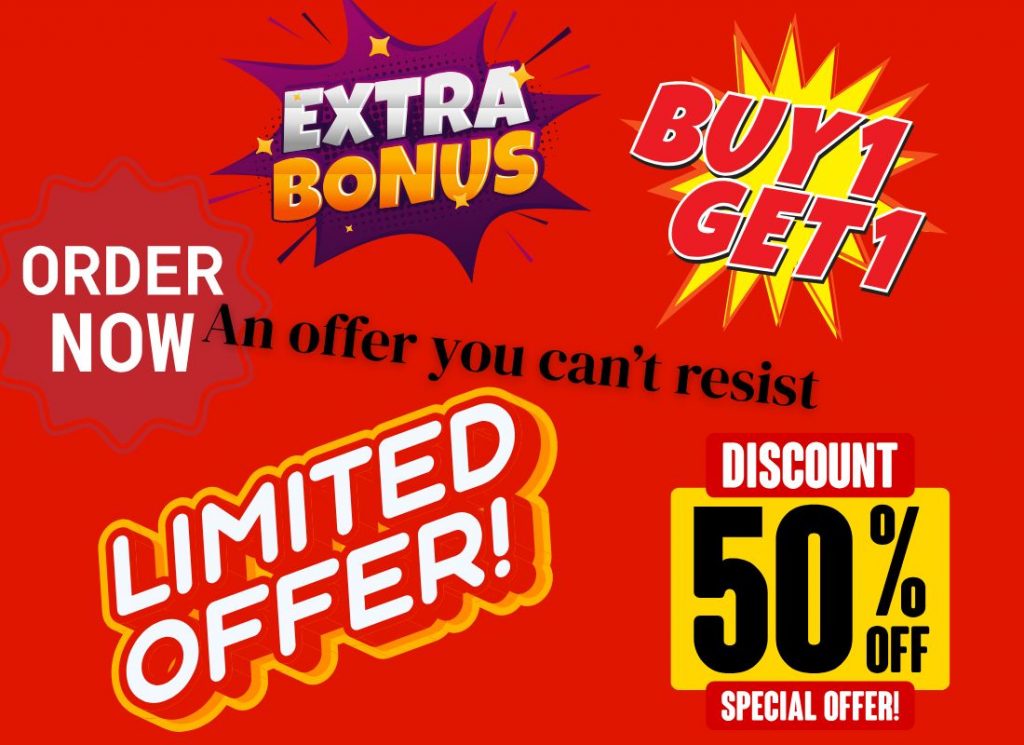


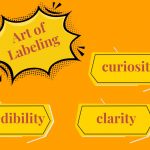


 Allow notifications
Allow notifications